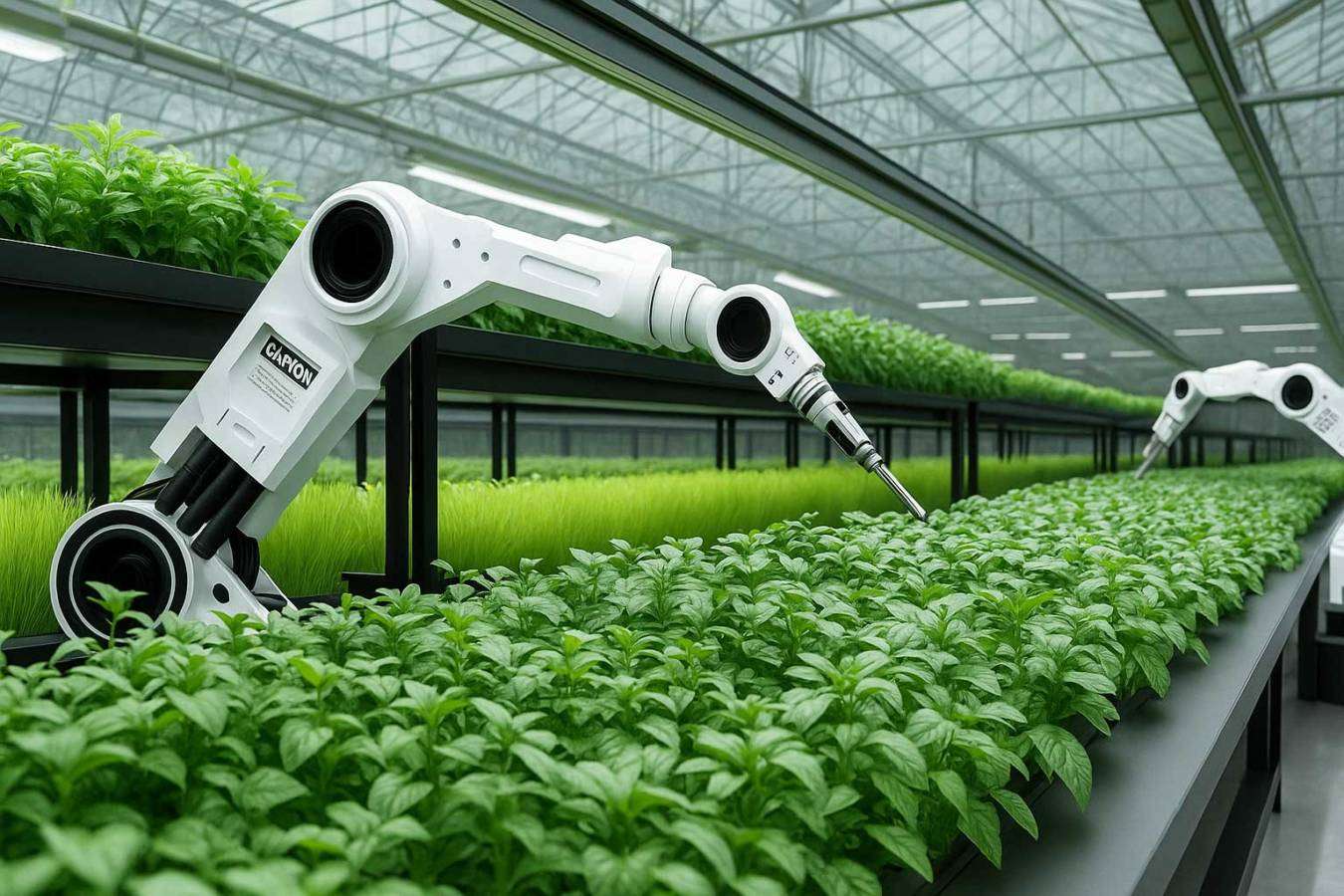Regenerative agriculture yields: current situation and key figures
In 2023, more than 820 million people remain undernourished according to the FAO, even as the world population is expected to reach 10 billion by 2050. Our current agricultural model, responsible for about 24% of greenhouse gas emissions, also contributes to the loss of 33% of the world’s fertile soils. Faced with this impossible equation, regenerative agriculture is gaining ground, driven by pioneers from California to India, who are betting on soil cover, intercropping, agroforestry, and holistic adaptive grazing.
A study published in *Nature Communications* (2022) reveals that regenerative practices increase biodiversity by 20 to 40% and the organic carbon content of soils by 15% on average over ten years. However, the debate on yields remains lively: some analyses estimate that production decreases by 10 to 30% in the first decade of transition, before stabilizing, or even catching up with conventional levels in the long term. Pilot farms like the Rodale Institute now display yields comparable to conventional agriculture for some crops, notably cereals, while reducing dependence on chemical inputs.
Transition costs, on the other hand, often represent a barrier, with an average initial investment of 200 to 400 € per hectare depending on the region, not to mention the need to train farmers in complex and sometimes counter-intuitive techniques. However, measurable benefits on soil quality, resilience to climate hazards, and the health of natural ecosystems are beginning to convince governments and funders.
Innovative techniques and impacts on regenerative agricultural yields
Regenerative agriculture is distinguished by a systemic approach: permanent soil cover, intercropping (legumes and cereals, for example), introduction of trees (agroforestry), and holistic grazing management. These techniques promote water retention, microbial life, and carbon sequestration. But can they guarantee sufficient yields to feed megacities?
According to the Rodale Institute, crop rotation and the integration of animals increase the overall productivity of an agricultural system while reducing pressure on natural resources. In France, the Bec Hellouin farm observes market garden yields of up to 55 tons/ha without chemical inputs, thanks to beneficial microorganisms and continuous plant cover. In India, Zero Budget Natural Farming (ZBNF) has increased rice and wheat yields by 10 to 15% in some pilot regions, while reducing production costs.
However, the generalization of these techniques on an industrial scale raises questions. Extensive farms require more labor and training, and their adaptation to mass crops (wheat, corn, soy) remains a challenge. Comparative analyses on several continents show that while cereal yields are sometimes lower in the short term, they become competitive after a period of ecological adjustment of the soil, especially in diversified systems.
Comparison with urban agriculture and alternative proteins
Faced with rampant urbanization, urban vertical agriculture and alternative proteins (insects, legumes, mycoproteins) are often presented as complementary solutions. Urban agriculture offers very high yields per square meter, but is energy-intensive and dependent on costly infrastructure. Alternative proteins, although promising in terms of carbon footprint, do not (yet) meet the diversity of nutritional needs on a large scale. Regenerative agriculture, on the other hand, offers a sustainable transformation of rural landscapes, but its extension to megacities will require a fine articulation with these urban innovations.
Regenerative agriculture yields: action levers and perspectives
For regenerative agriculture yields to truly become a global solution, several conditions must be met. First, massive technical support and appropriate training for farmers, backed by ambitious public policies (transition subsidies, carbon pricing, facilitated access to land). Pilot farms show that profitability is possible, provided that a transitional phase of 5 to 10 years is accepted and environmental co-benefits (biodiversity, carbon storage, rural employment) are valued.
Next, scientific research must continue to refine models, adapt techniques to different pedoclimatic contexts, and precisely quantify impacts on long-term yields. Finally, complementarity with urban agriculture and alternative proteins will allow us to meet the growing demand of cities without sacrificing ecosystems.
In conclusion, feeding 10 billion humans while restoring the planet is not a utopia, but a collective challenge, which requires moving away from intensive monoculture to rethink our food systems as a whole.
Sources
https://www.fao.org/agroecology/home/en/
https://www.rodaleinstitute.org/regenerative-organic-agriculture/
https://www.nature.com/articles/s41467-022-28388-4
https://www.fao.org/agroecology/home/en/
https://www.rodaleinstitute.org/regenerative-organic-agriculture/
https://www.nature.com/articles/s41467-022-28388-4


